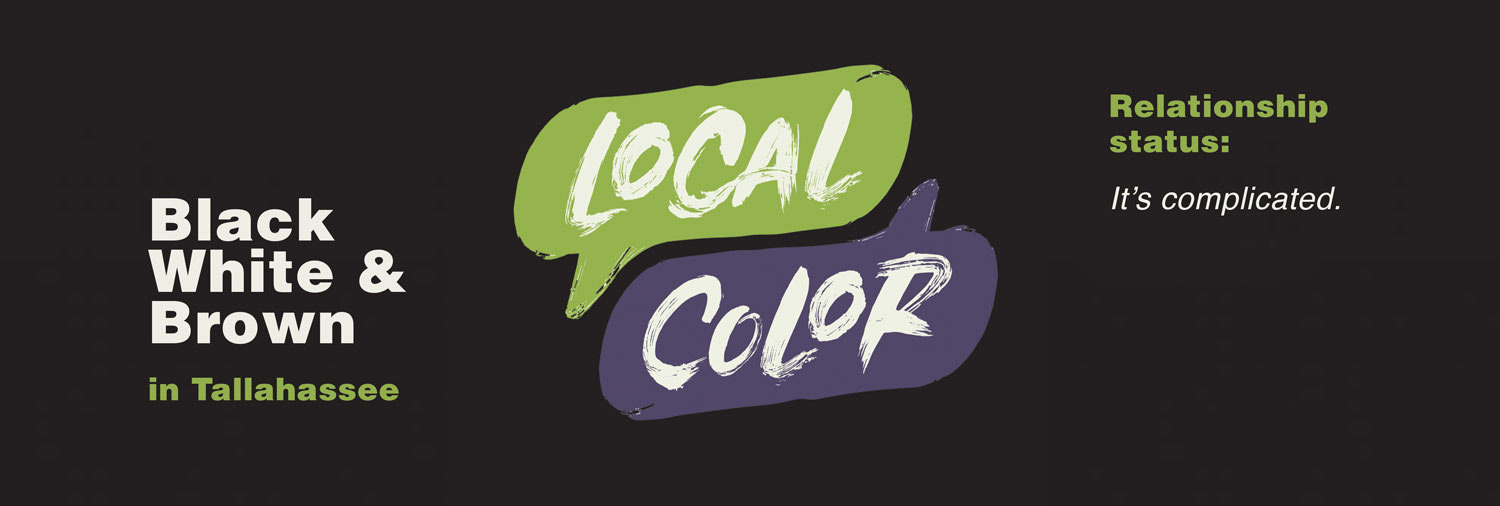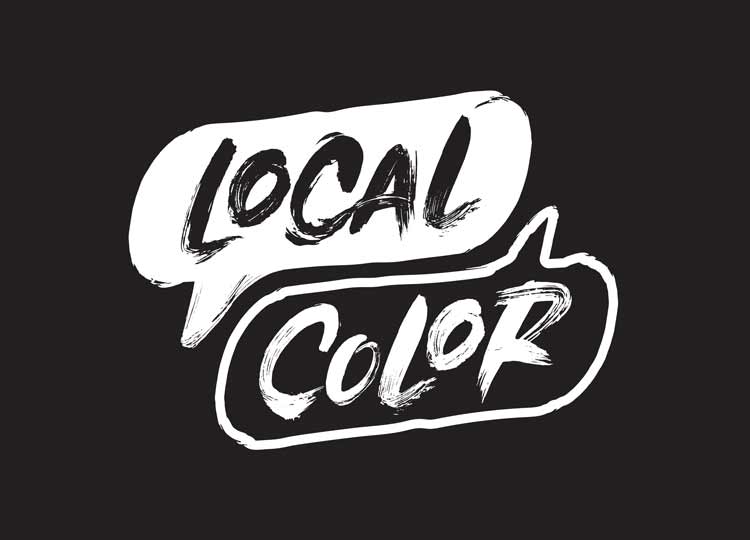

Deep in our hearts we know that if we’re going to ever “live out the true meaning of our creed, that all men are created equal” it will be something that happens between us day to day – in the places we live, in the lives we lead, in the actions we take and the decisions we make – large and small. Yet still we reliably turn toward our television sets and social media when the worst happens, where we know our resentments will be stroked and our fury stoked. Imagine if in times of crisis, instead of separating, we gathered? Who might we be then?
We cannot stay disconnected from each other until a time of deep community crisis forces us to confront our distance. A more divided people are vulnerable. Communities that thrive are the ones that build institutions incorporating diversity dynamically into the fabric of everyday hometown life — who in times of turmoil turn toward each other, in the glorious diversity of race, religion and opinion we find in the human race. It’s an embrace of Local Color. The 2019-2020 season of Local Color is made possible through support from The Bank of America Foundation.
READ MORE
In the opening number of the Broadway musical “Hamilton”, Lin-Manuel Miranda belts out “and there’s a million things I haven’t done, but just you wait, just you wait…” American democracy bequeathed to us was as a draft version, and the founders left us the mechanisms for revisions. We have that power right here and now in this place we share. Forget Washington. If we don’t iterate, it’s on us.
We imagine a public space where we come to really know each other, where we look unflinchingly at what divides us as we revel in what unites us – sort of an old-fashioned civic barnraising of sorts. We imagine an idea-generating, deeply real (possibly even joyful) Hamilton-inspired Technicolor town hall. We’re deep believers this American community is up to the challenge. We think we can teach the world a thing or two.
Reverend Martin Luther King, Jr.
Photo credits: Holiday,Tracks.
READ LESS